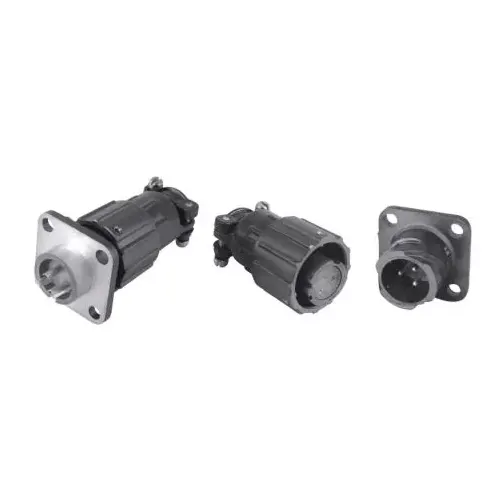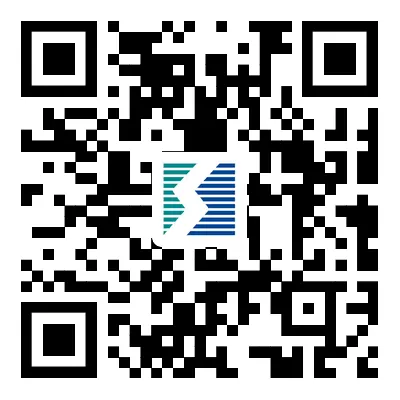- English
- Español
- Português
- русский
- Français
- 日本語
- Deutsch
- tiếng Việt
- Italiano
- Nederlands
- ภาษาไทย
- Polski
- 한국어
- Svenska
- magyar
- Malay
- বাংলা ভাষার
- Dansk
- Suomi
- हिन्दी
- Pilipino
- Türkçe
- Gaeilge
- العربية
- Indonesia
- Norsk
- تمل
- český
- ελληνικά
- український
- Javanese
- فارسی
- தமிழ்
- తెలుగు
- नेपाली
- Burmese
- български
- ລາວ
- Latine
- Қазақша
- Euskal
- Azərbaycan
- Slovenský jazyk
- Македонски
- Lietuvos
- Eesti Keel
- Română
- Slovenski
- मराठी
- Srpski језик
How to ensure waterproofness when installing cable waterproof connectors?
2025-07-21
Before installing cable waterproof connectors, careful preparation is the cornerstone of ensuring waterproofness. It is necessary to select cable waterproof connectors with high waterproof ratings, such as IP67 or IP68 types, according to the application environment, because these designs can effectively resist moisture and water intrusion. At the same time, the pretreatment of the cable is extremely critical. The surface needs to be thoroughly cleaned to remove dirt and grease, and the insulation layer needs to be accurately stripped to avoid residual burrs or damage, creating ideal conditions for subsequent sealing. Ignoring these preliminary details may lead to gaps inside the connector, allowing moisture to take advantage.
In the process of assembling cable waterproof connectors, strictly following the sealing operation is a key link. When the cable is inserted into the connector, all sealing elements such as O-rings or sealing pastes should be evenly compressed to avoid the formation of tiny gaps; when tightening the components, a torque tool should be used to control the force. Too loose will result in a loose seal, and too tight may damage the sealing ring structure. Evenly aligning the cables and interfaces can maintain the overall waterproof integrity. Every step requires meticulousness, because any negligence may weaken the protection ability of the entire cable waterproof connector.
After installation, verification and subsequent maintenance are the final barrier to ensure waterproof performance. Checking the cable waterproof connector for signs of leakage through water pressure testing or immersion can detect problems and correct them in time. Regularly checking the status of seals, such as aging or cracks, and cleaning and maintenance can extend the service life and maintain stable waterproof effects in harsh environments. Together, these measures ensure the reliability and safety of cable waterproof connectors in outdoor, underwater or humid scenes.




